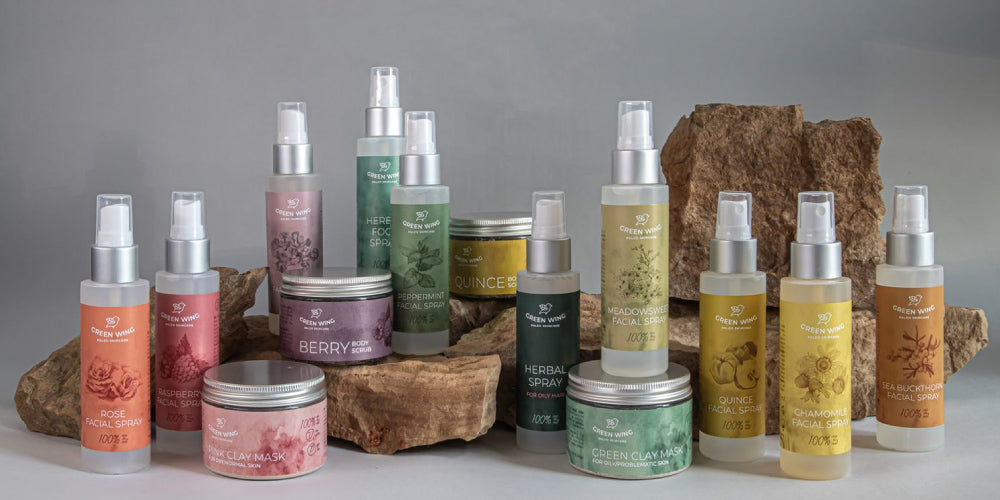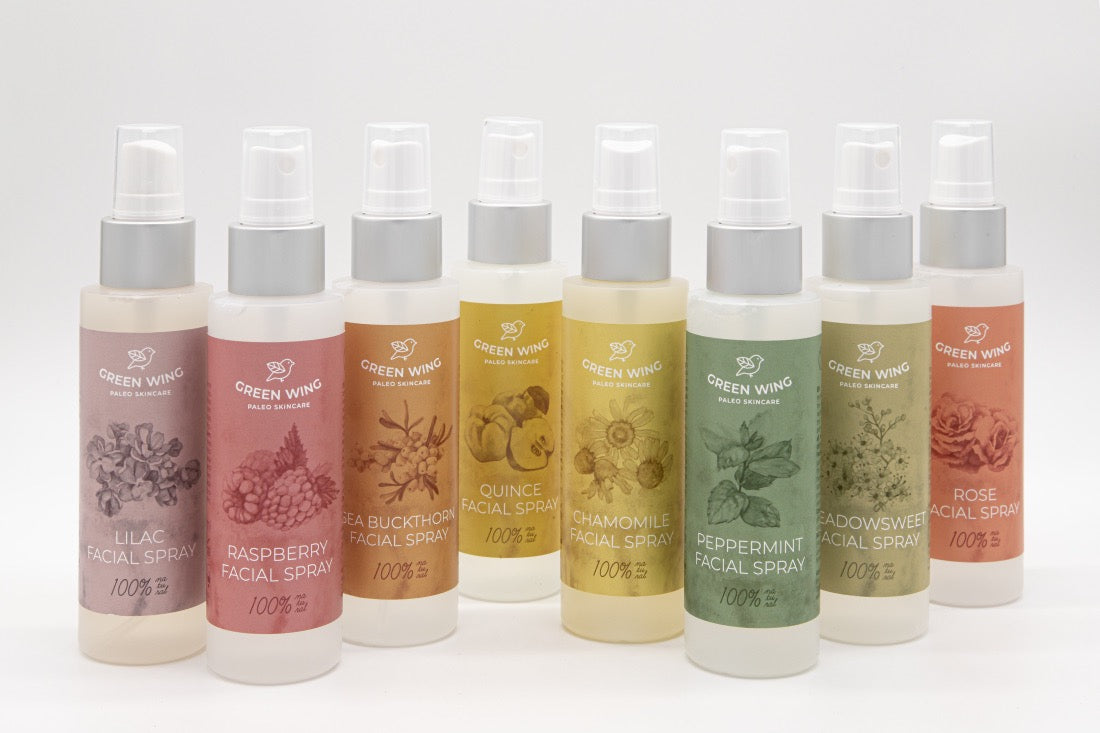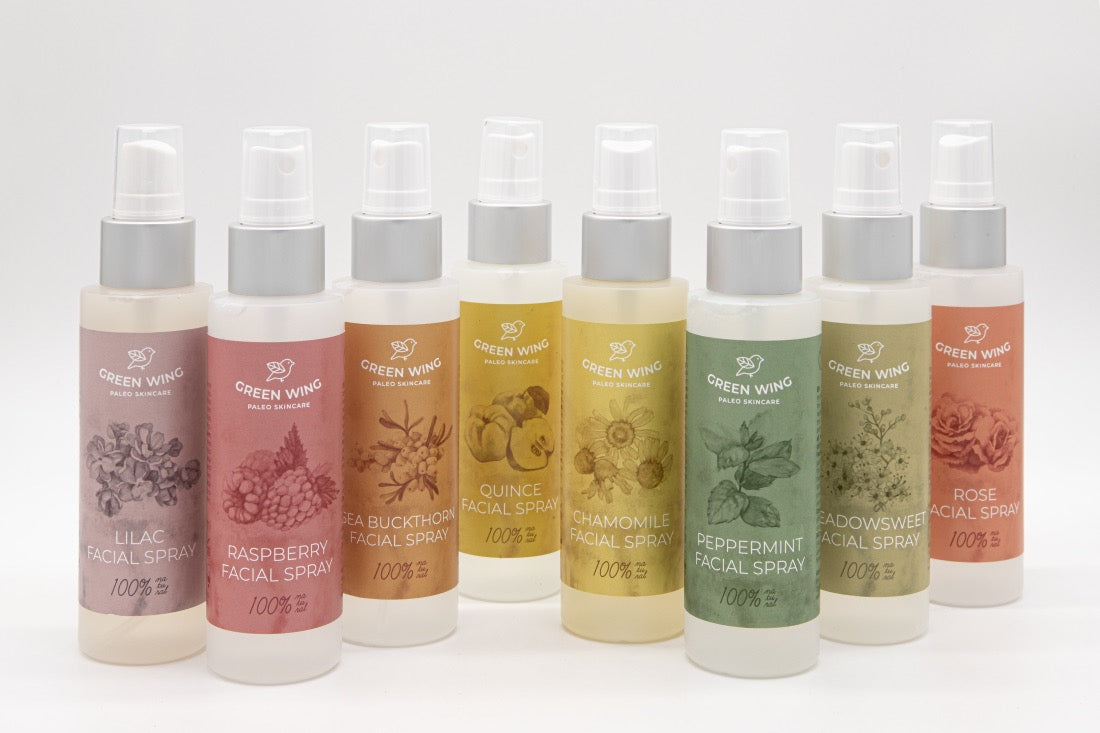Greenwashing is a misleading marketing practice where a company misrepresents products or services as environmentally friendly when they are not. This strategy is often used to attract consumers who want to live greener lives, but how true are these promises?
How does it work?
Examples of greenwashing can range from loud claims about 'organic' or 'eco-friendly' products to certificates or labels that have no basis in fact. For example, companies may offer products that contain natural ingredients, but at the same time use harmful chemicals in the production process, but only claim natural on the packaging, giving the impression that the whole product is natural.
How to recognise it?
Consumers often find it difficult to distinguish between products that are truly environmentally friendly and those that simply look "green". Some indicators that can be a sign of "Greenwashing":
Vague claims: phrases such as "natural" or "eco" without an explanation to back them up.
Focus on a minor aspect: emphasis on one small eco-friendly feature that does not translate into an overall greener product.
False certifications: artificial or inappropriate eco-labels that give a false impression of sustainability.
How to protect yourself from Greenwashing?
Research the products: look at how the company manufactures, packages and distributes the products, not just the headlines or advertising promises.
Look for credible certificates: eco-certificates such as Fair Trade or EU Ecolabel are often more credible than vague labels.
Look at long-term results: find out how the company is responding to sustainability challenges and what strategies it is using to improve its long-term environmental performance.
The impact of greenwashing
Greenwashing not only misleads consumers but also hinders the development of truly sustainable solutions. It undermines consumer confidence and encourages unfair competition between companies that are genuinely trying to reduce their environmental impact. As a result, genuine sustainable innovations are ignored while environmentally damaging companies continue to enjoy profits.
Conclusion
If you want to live more sustainably and support environmentally friendly products, always check a company's practices carefully and don't just trust marketing promises. Sustainable living requires not only choosing the right products, but also critical thinking and a willingness to investigate the real facts behind advertising claims.






































